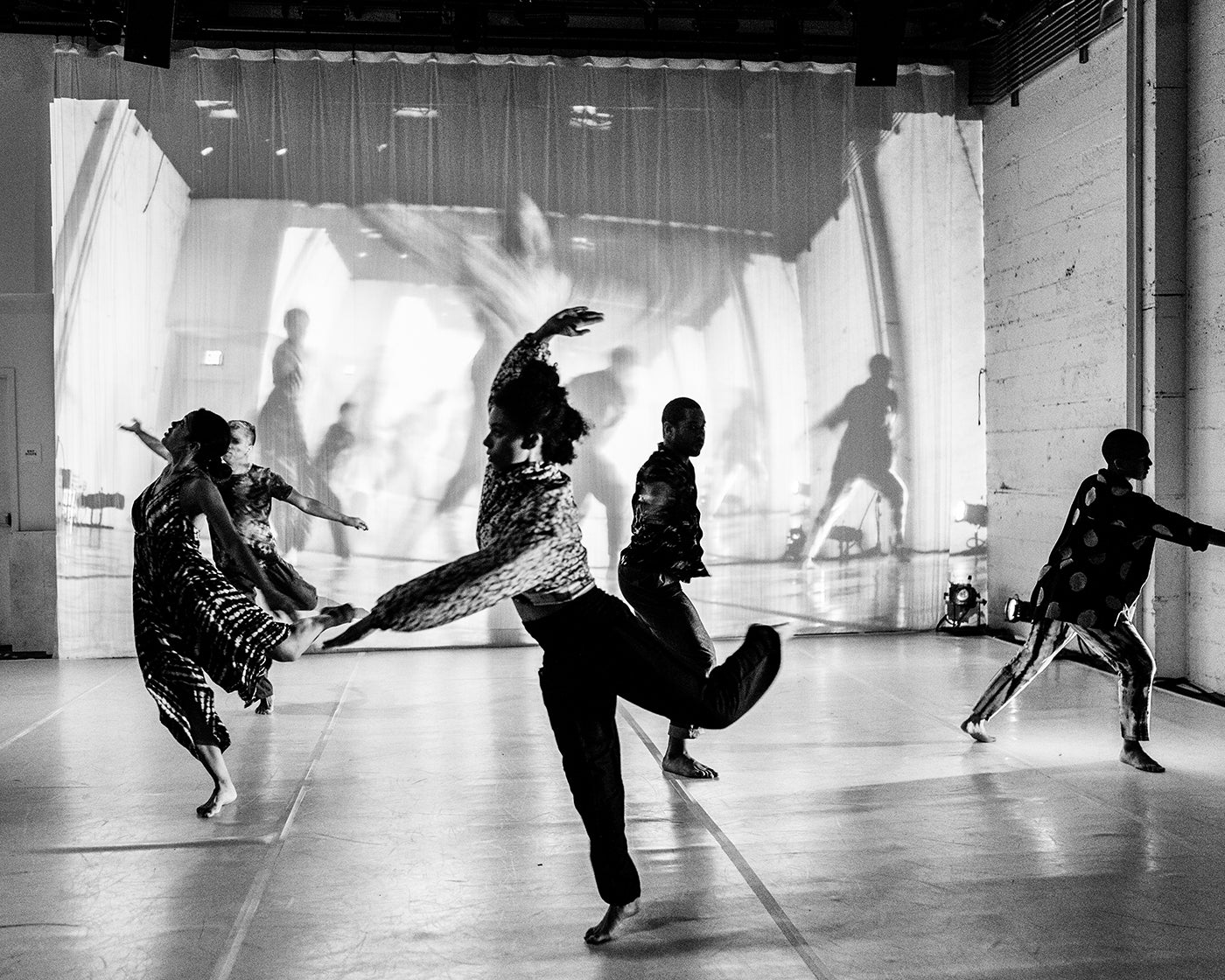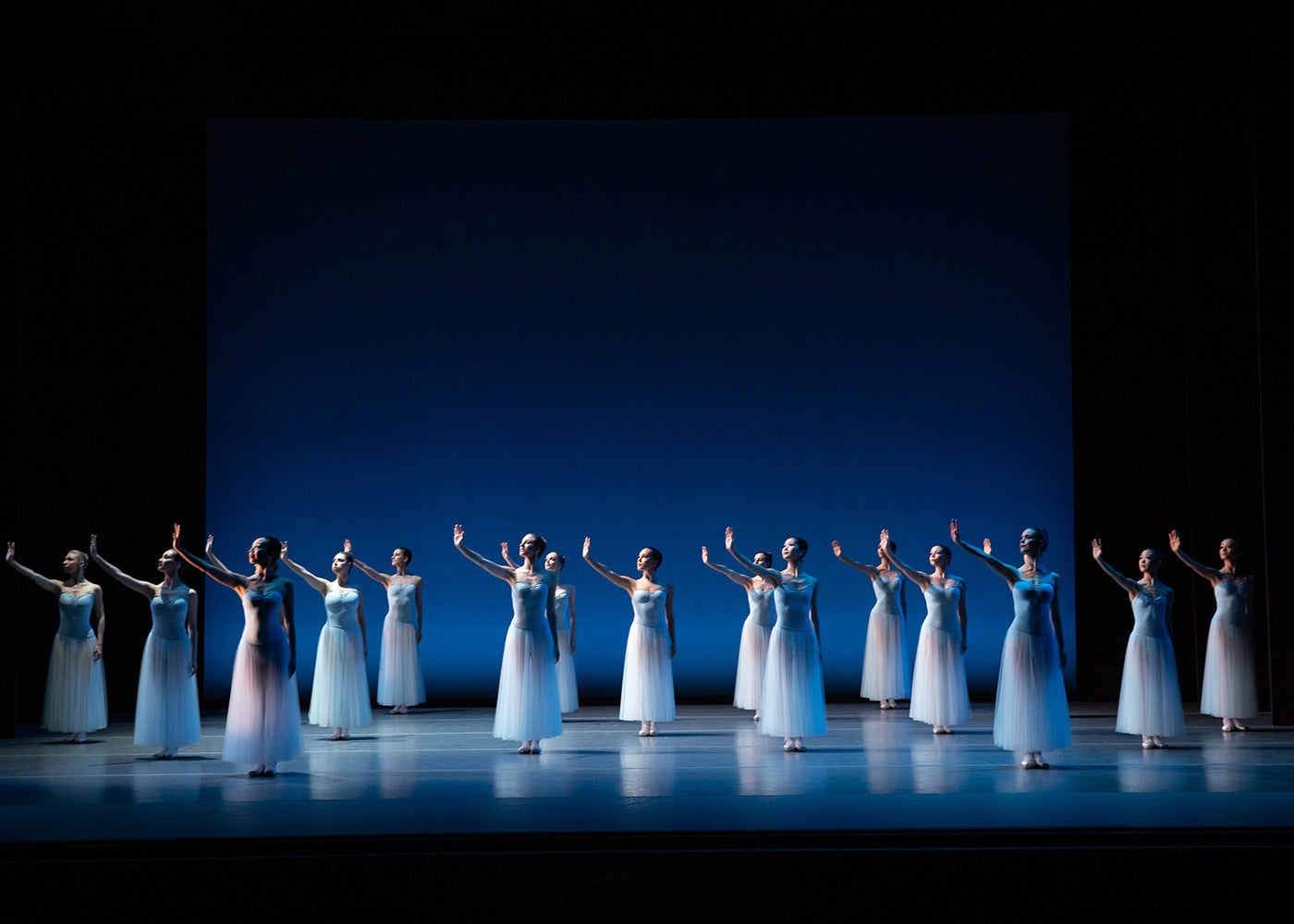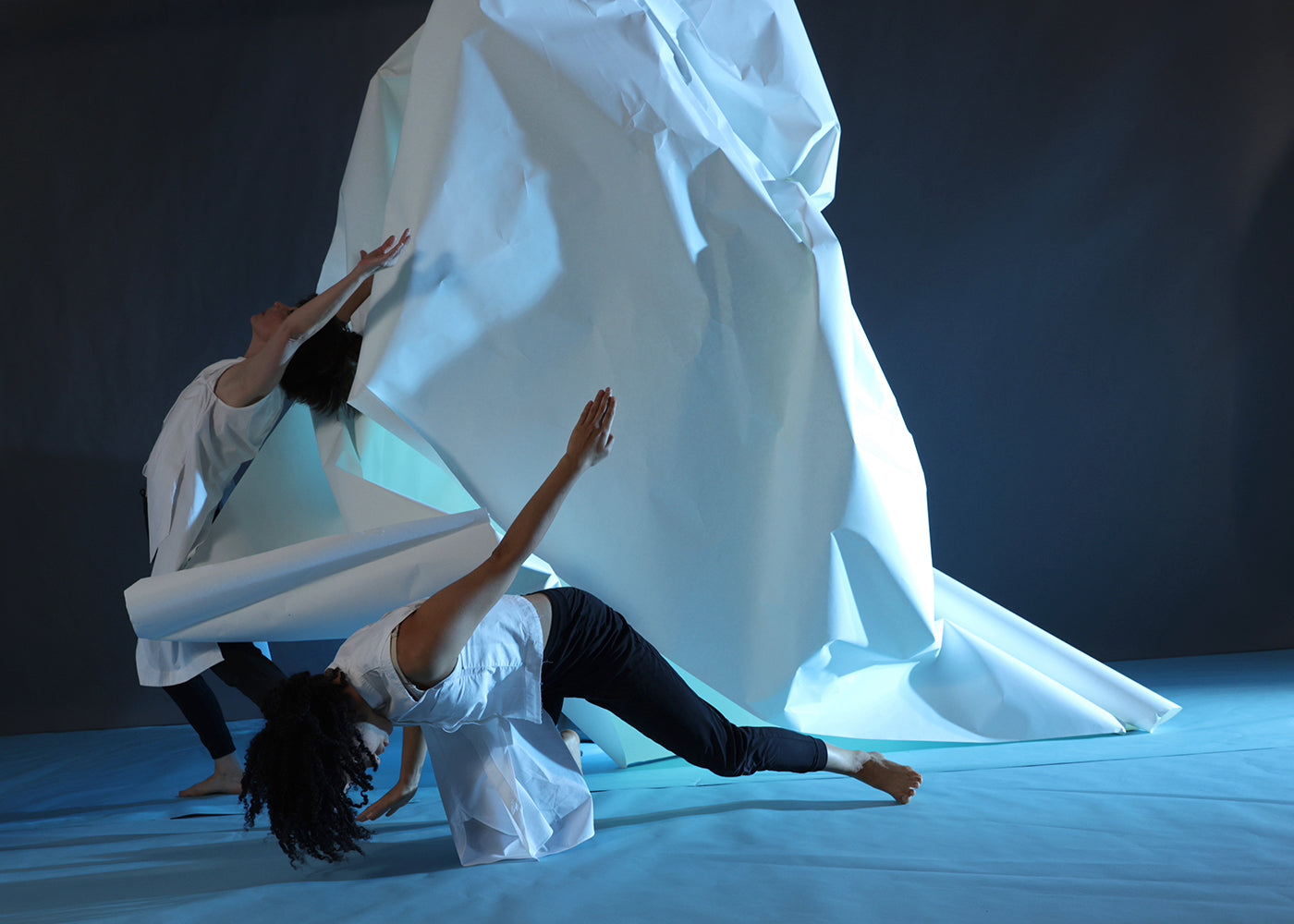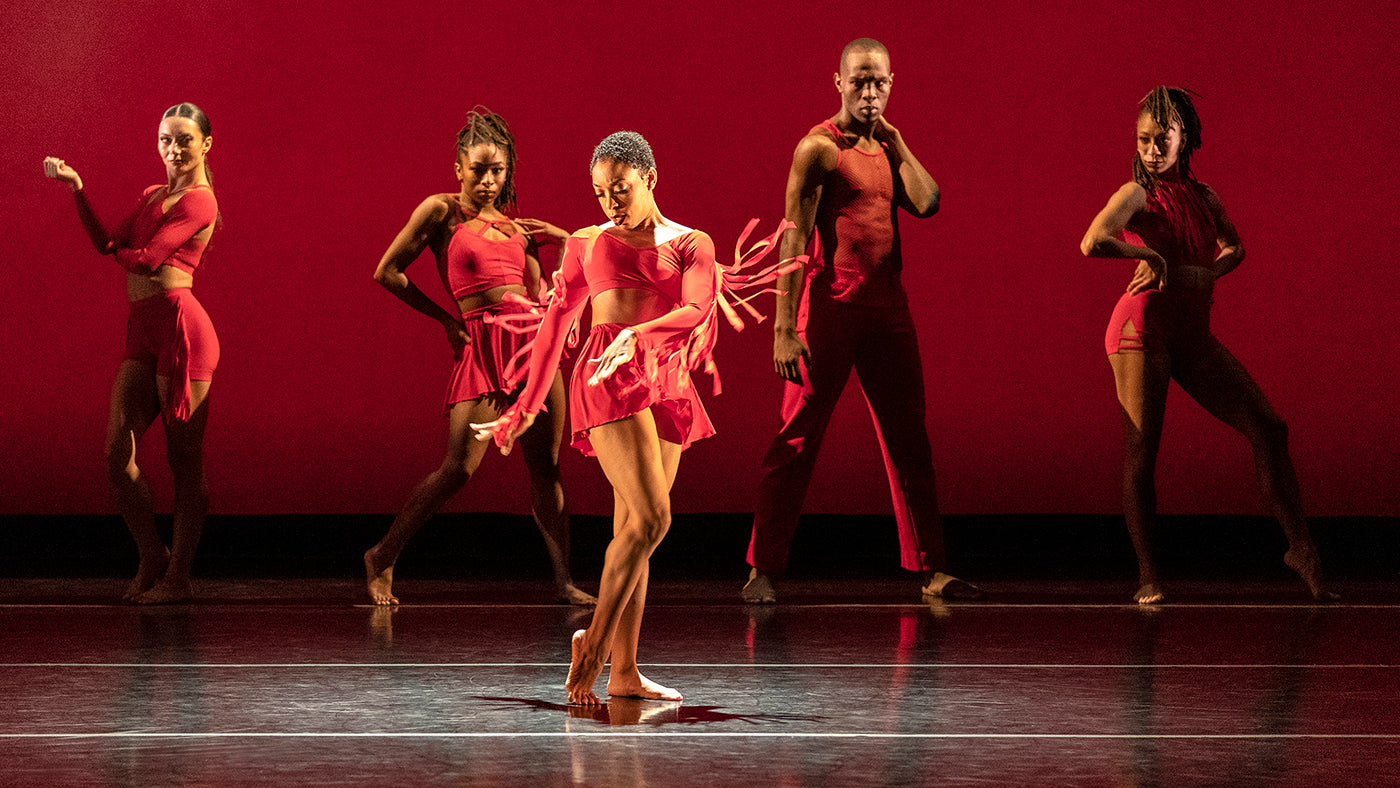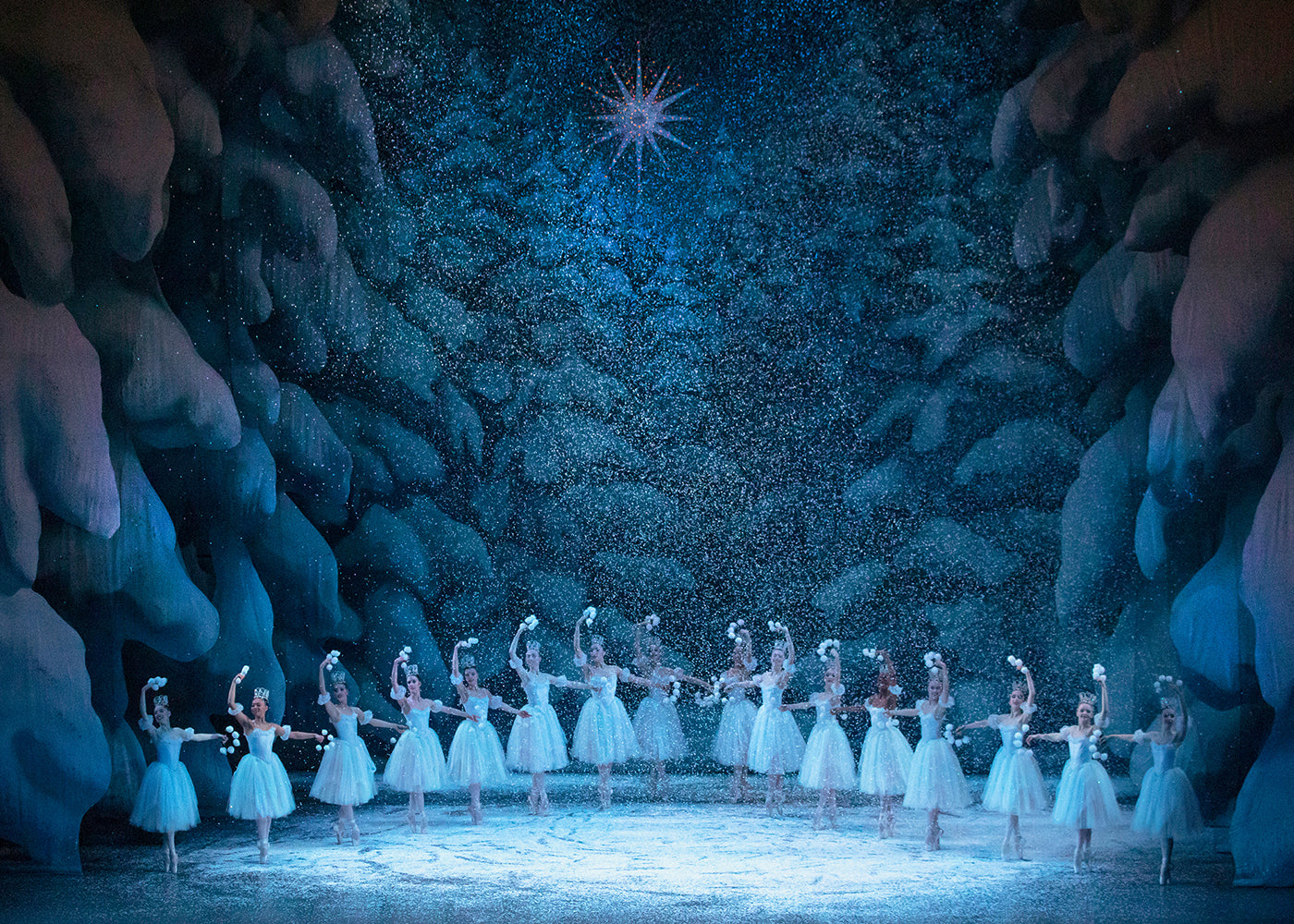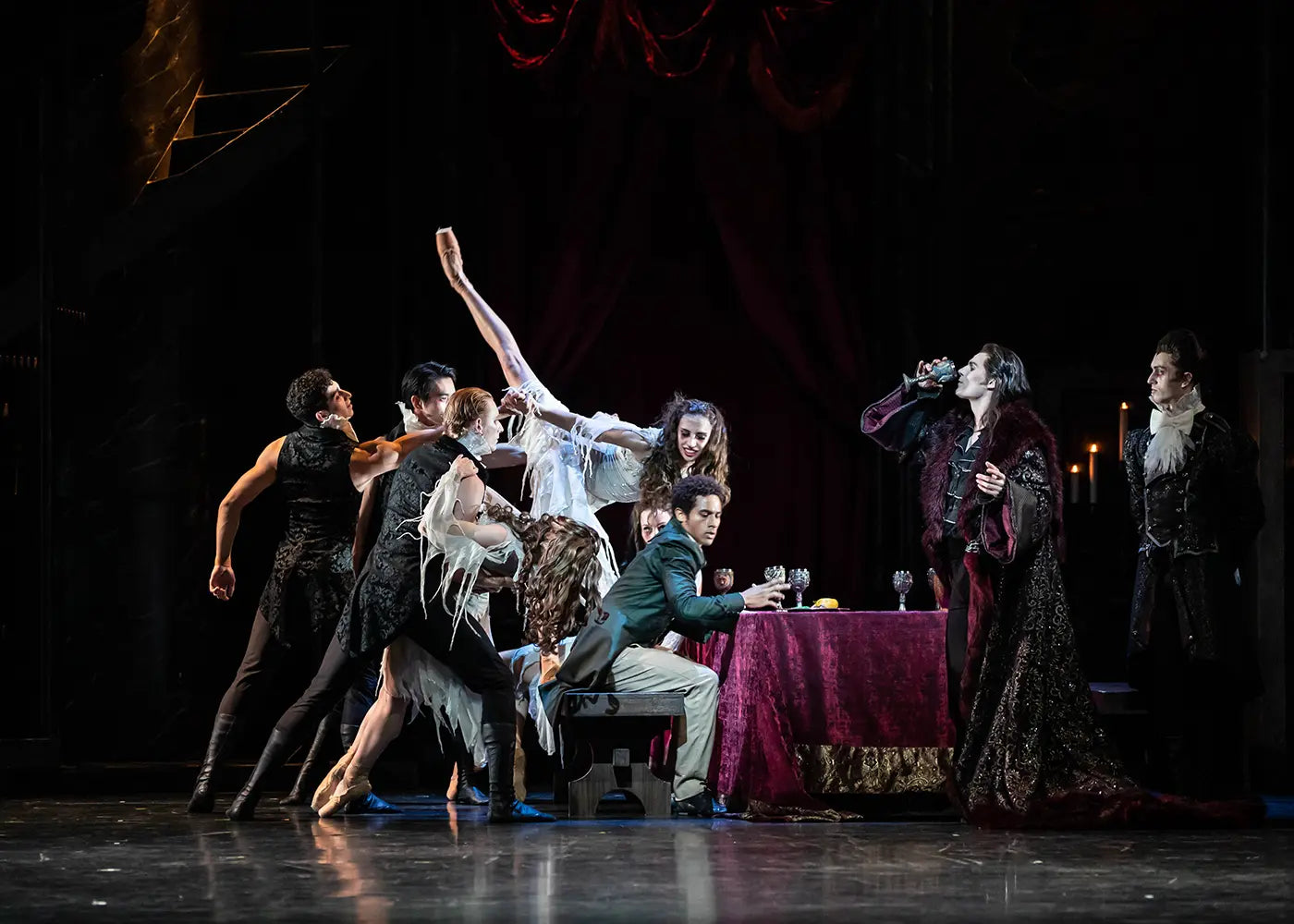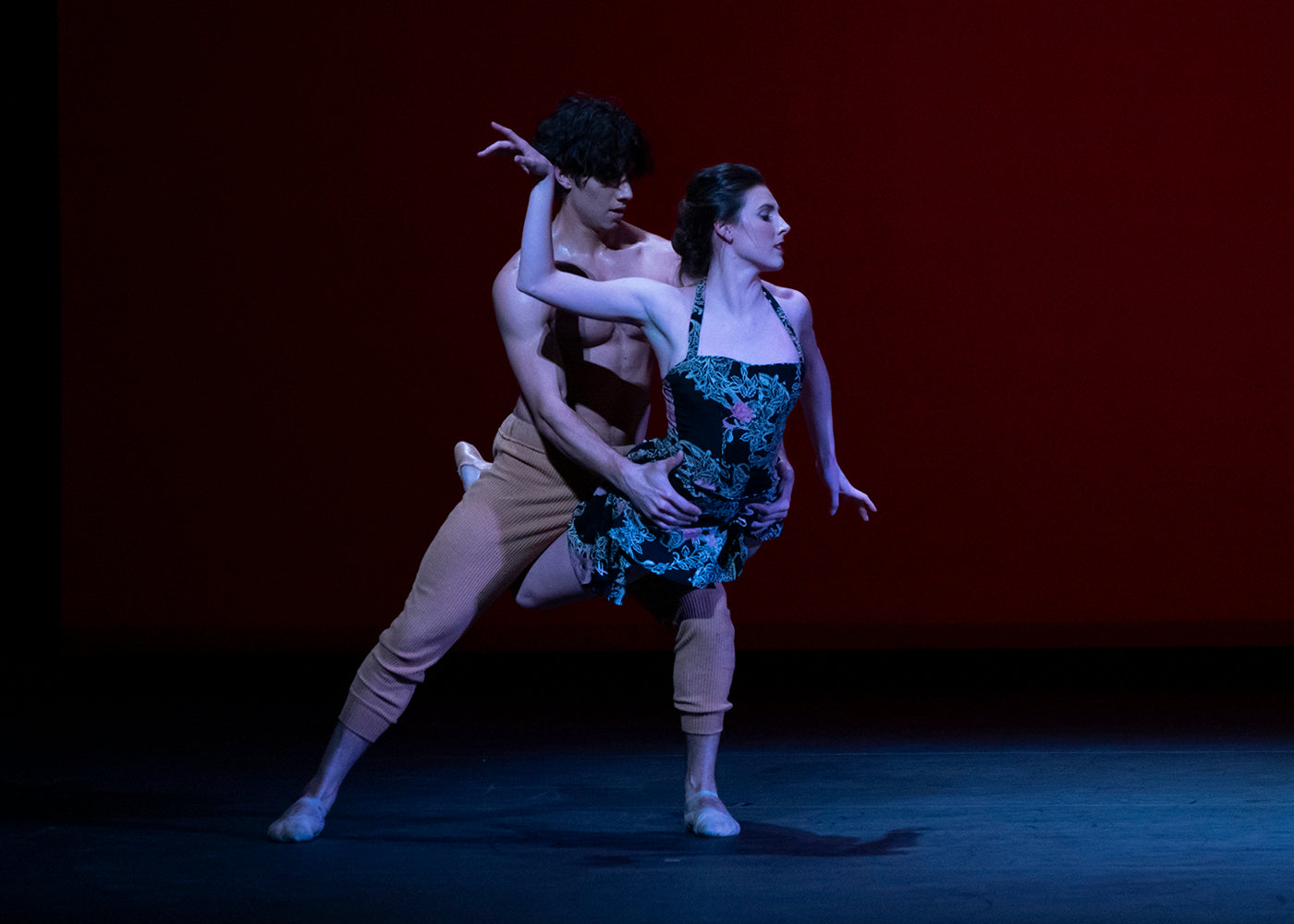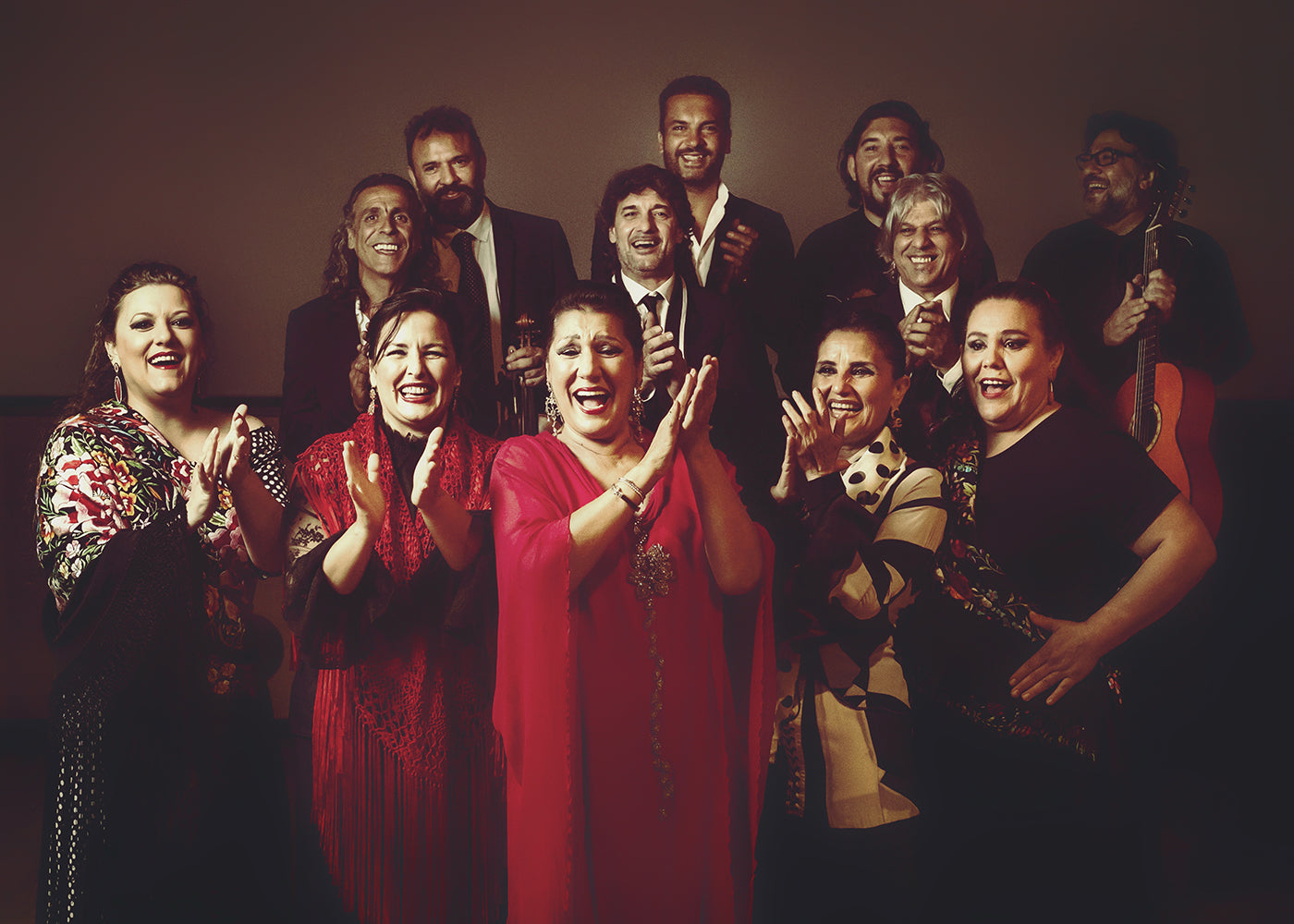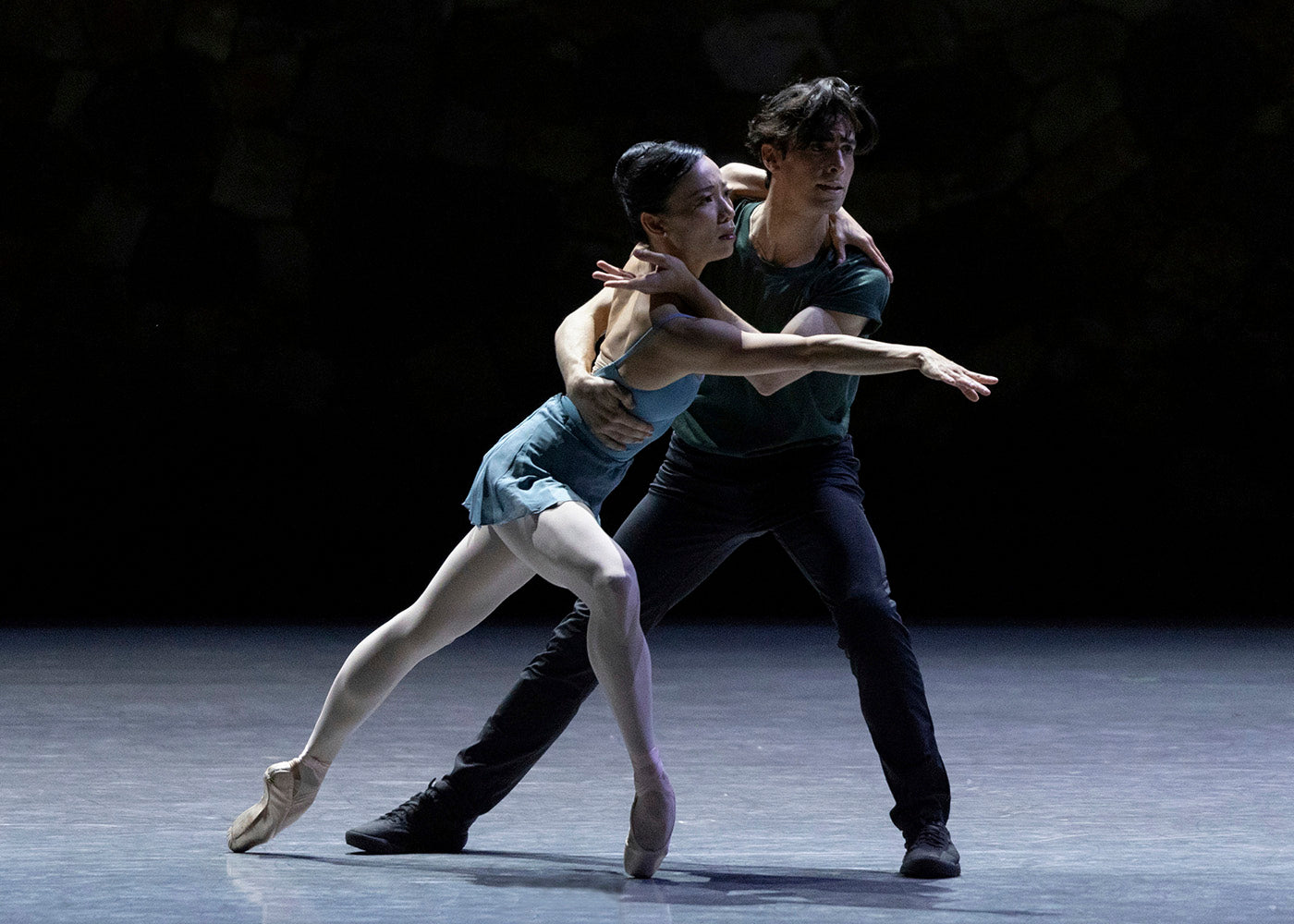A Revelatory Farewell
Most farewell pièces d’occasion are filler. They come about when a retiring dancer calls in a favor from a big-name choreographer to demonstrate their clout, and to have something to perform that is tailored to their end-of-career skill set. Every once in a blue moon, however, a goodbye bauble becomes the meat of the show. The last instance of this was probably Christopher Wheeldon’s “After the Rain” for Jock Soto in 2005. (Though that was slightly different, as it was a repeating work—with a group cast—created for Soto’s last season; it wasn’t just a one-off.) It is rarer still for...
Continue Reading


